Five things to look out for at the 2019 Amstel Gold Race
Local contenders galore
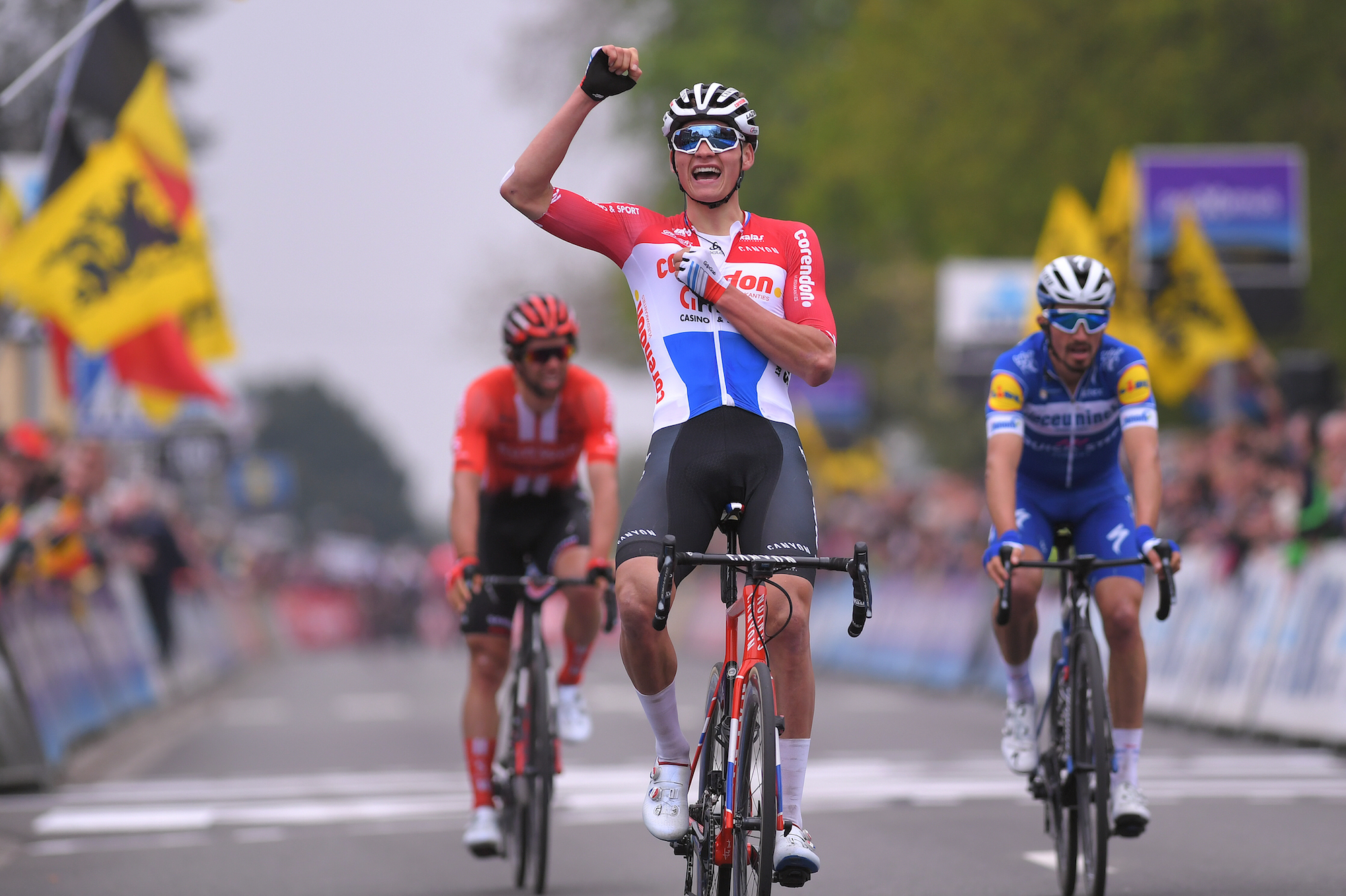
It’s now been a whopping 18 years since a Dutch rider last won the nation’s biggest race, the Amstel Gold Race, a barren spell that is comfortably the Netherlands’ longest in the race’s history.
However, rarely in that time have they looked more poised for success than they do for this year’s edition, thanks mostly to one man - Mathieu van der Poel. The Corendon-Circus is a superstar in the making and, if his form during the cobbled Classics and victory at Wednesday’s Brabantse Pijl is anything to go by, already looks good enough to win.
>>> Amstel Gold Race 2019: Everything you need to know
Dutch fans can also rely on some more experienced names to be in the mix for victory, including Sky’s former Liège-Bastogne-Liège winner Wout Poels, and strong climber Bauke Mollema (Trek-Segafredo).
By contrast, since its reintroduction in 2017, the women’s Amstel Gold has seen nothing but Dutch winner. Both former winners Chantal Blaak and Anna van der Breggen will again line-up as favourites alongside each other at Boels-Dolmans, and will count among their main rivals two other compatriots - Annemiek van Vleuten (Mitchelton-Scott), who has starred in the few races she has competed in this season, and Marianne Vos (CCC Liv), for whom this remains one of the few major races missing on her palmares.
With this in mind, it’d probably be more of a shock if the winner of the women’s Amstel Gold was not a Dutch rider.
The latest race content, interviews, features, reviews and expert buying guides, direct to your inbox!
Can Deceuninck-Quick-Step continue winning streak into the Ardennes Classics?
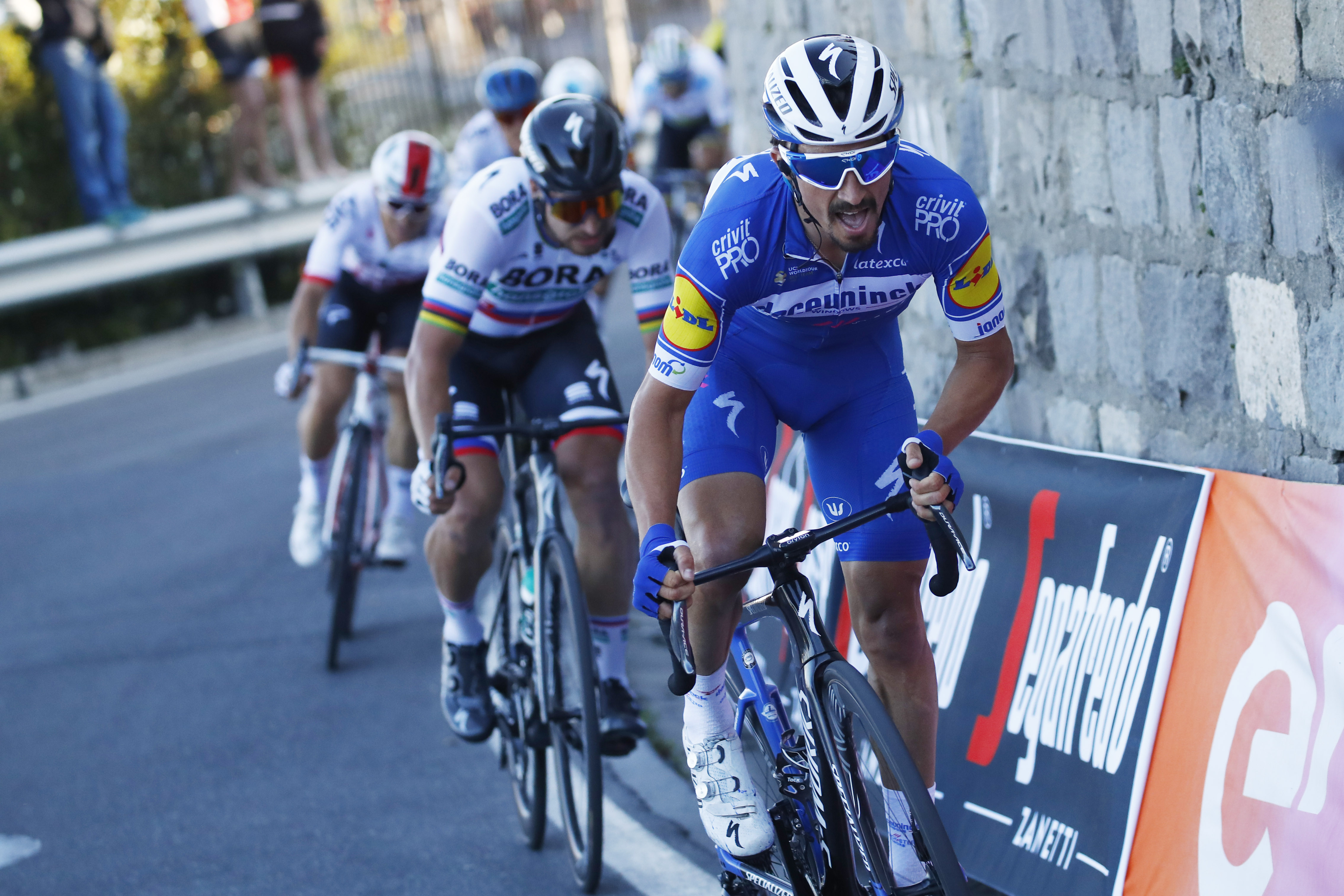
As a Dutch race, Amstel Gold may not actually take place in the Ardennes region, but it is still referred to as one of the three ‘Ardennes Classics’ due to the similarity of its terrain with that of La Flèche Wallonne and Liège-Bastogne-Liège - namely, short, steep, and relentlessly frequent hills.
With no cobblestones featuring, these are very different in characteristics from the northern Classics that Deceuninck-Quick-Step has so thoroughly dominated, but the team will still be aiming to continue their winning streak, starting with Sunday’s Amstel Gold Race.
With Julian Alaphilippe, they boast the pre-race favourite. So far in his career he’s managed to finish in the top-10 here on three occasions without ever making the top five, but such is his form this spring (he’s already won eight races, among them Milan-San Remo and Strade Bianche) that he will be seen as the man to beat.
Should he come up short, Deceuninck-Quick-Step possess a luxury back-up option in Philippe Gilbert, a rider both on fantastic form having just won Paris-Roubaix, and who, as one of only two riders to have won Amstel Gold at least four times in his career, has immense pedigree at this race.
The Cauberg
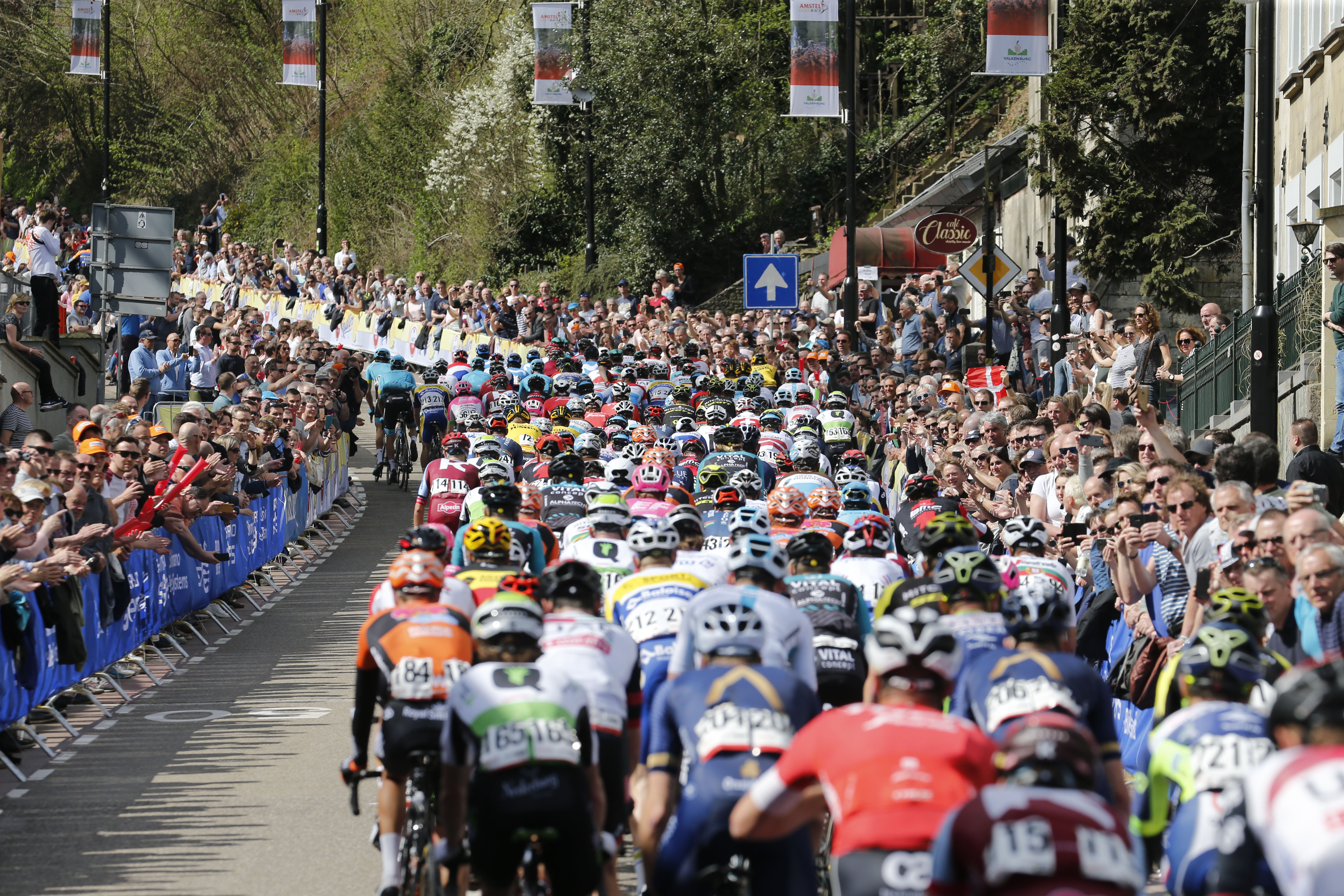
The Amstel Gold’s most famous landmark, the Cauberg, has become less and less decisive in recent editions of the men’s race. Having hosted the finish between 2003 and 2012, a revision of the route in 2013 saw it crested just under 2km from a new finish line.
Then in 2017 the number of ascents of times up the climb was reduced from three to four, meaning the last the riders see of the climb will be upon cresting it with nearly 20km still to ride.
It is therefore likely to have only a limited impact into how the race unfolds, determining who won't win it rather than who will, although some riders might still want to try their luck with a long-range attack on it - Jakob Fuglsang (Astana) and Greg Van Avermaet (CCC) both attempted something similar last year and have the form to do so again, while Tim Wellens (Lotto-Soudal) is notorious for ambitious attacks.
In the women’s race, however, it retains a crucial position of being just 2.6km from the finish. It was here where the podium of last year’s edition was formed, with Blaak, Amanda Spratt (Mitchelton-Scott) and Lucinda Brand (Sunweb) all breaking clear on it.
Look out for other favourites like the on-form Cecilie Uttrup Ludwig (Bigla) and Kasia Niewiadoma (Canyon-SRAM) to make moves here, although Van der Breggen demonstrated the potential of an earlier attack by winning the 2017 edition with a solo move 6.5km from the finish.
A frantic finale in the men’s race
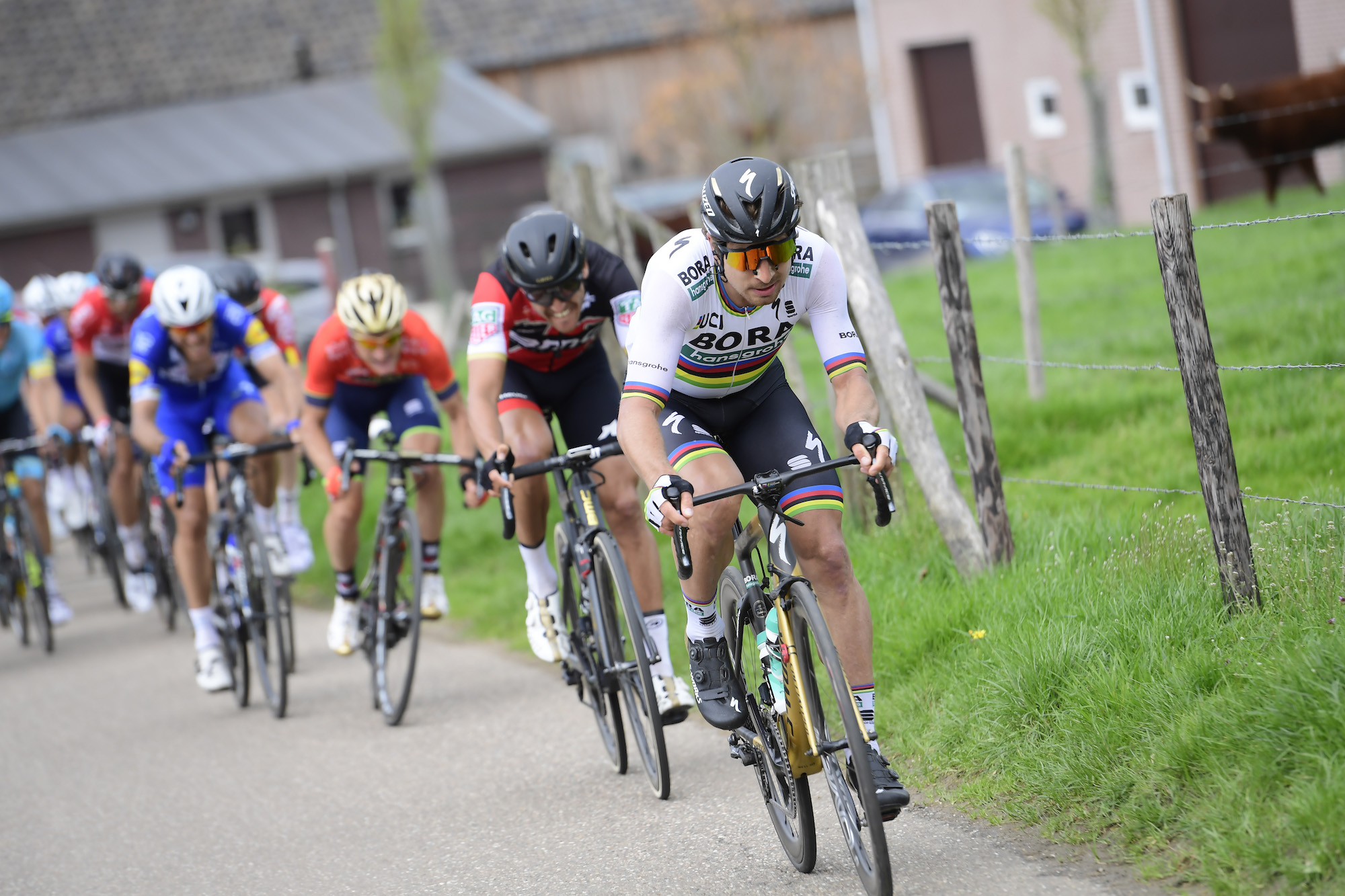
With the Cauberg no longer the focal point of the finale, it’s difficult to predict where the fate of the men’s race will be decided.
It, and the other 30-or-so climbs that precede it, are collectively difficult enough to reduce the bunch to a select number come the final finishing circuit, but neither of the final two climbs (the Geulhemmerberg and the Bemelerberg) are necessarily enough to prompt a final selection.
Philippe Gilbert did indeed win in 2017 after breaking clear over the Bemelerberg with Michał Kwiatkowski, but the leading group remained intact after both climbs last year, with Michael Valgren not making his race-winning move until just over 2km from the line.
You can expect Kwiatkowski (Sky) to again feature in the finale, having won here in 2015 and with three other top-five finishes to his name, while other puncheurs with explosive enough accelerations to potentially win include Tour of Flanders winner Alberto Bettiol (EF Education First), world champion Alejandro Valverde (who has, surprisingly, never won here) and, following his revelatory performance at the Tour of the Basque Country, Max Schachmann (Bora-Hansgrohe).
Michael Matthews (Sunweb) and Peter Sagan (Bora-Hansgrohe) are also both capable of winning, especially if the race culminates in a sprint.
Lizzie Deignan’s return
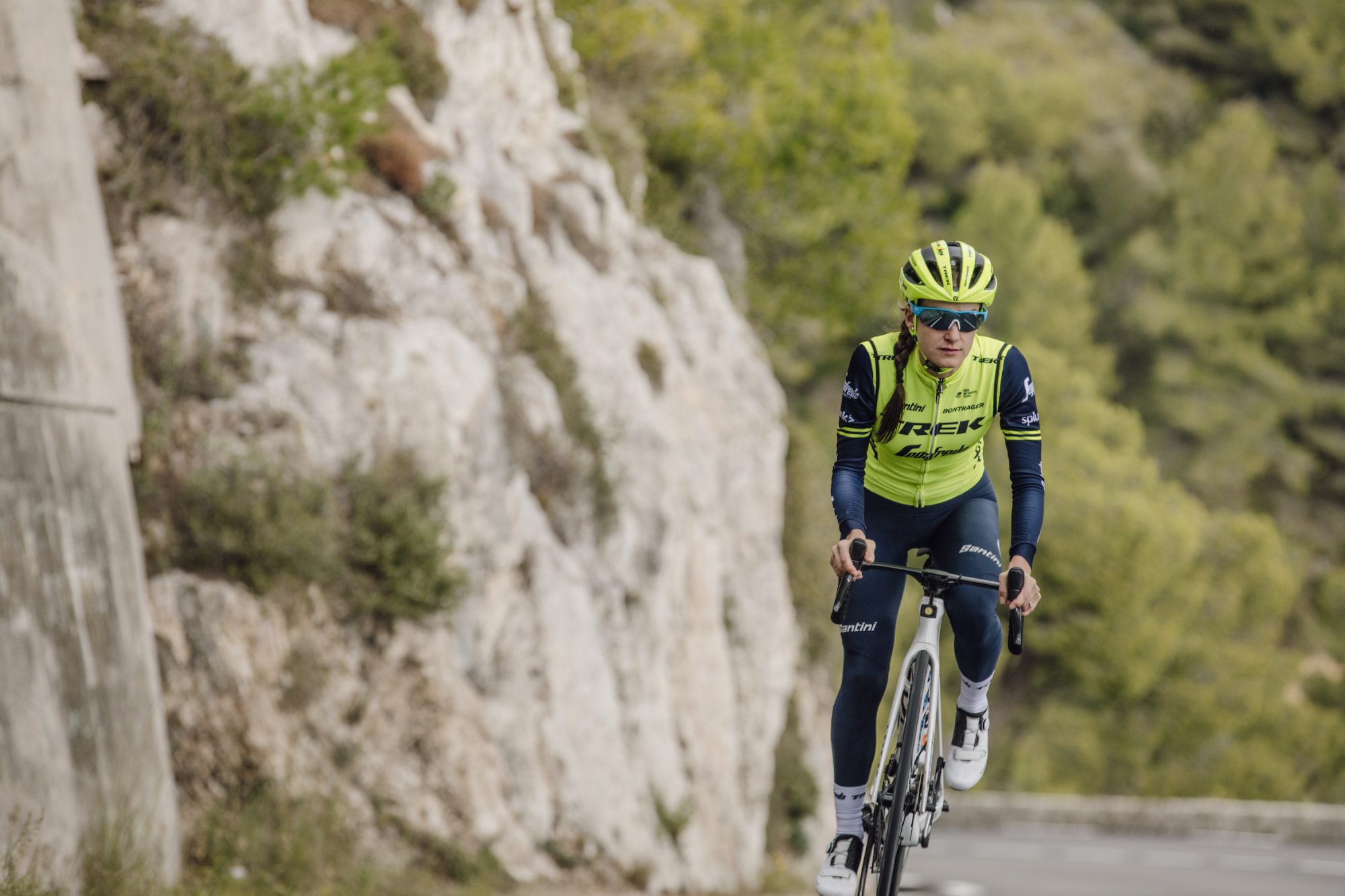
One of the most exciting things to cherish about this year’s Amstel Gold is that it will mark the return to racing for Lizzie Deignan.
Deignan last raced way back in September 2017 at the Bergen World Championships, having taken time off to have her first child.
She’d normally be a major favourite for difficult, punchy race like Amstel Gold, having finished second here two years ago, but in such circumstances she’ll be more concerned with getting back into the rhythm of racing. Her appearance here is all about building up towards the one major goal of her season - the World Championships in Yorkshire.
Expect her to therefore take up more of a domestique role at Amstel Gold for her new team-mates (this will be her first race for Trek-Segafredo), with Elisa Longo Borghini and Ellen van Dijk likely to benefit from her assistance.
Stephen Puddicombe is a freelance journalist for Cycling Weekly, who regularly contributes to our World Tour racing coverage with race reports, news stories, interviews and features. Outside of cycling, he also enjoys writing about film and TV - but you won't find much of that content embedded into his CW articles.